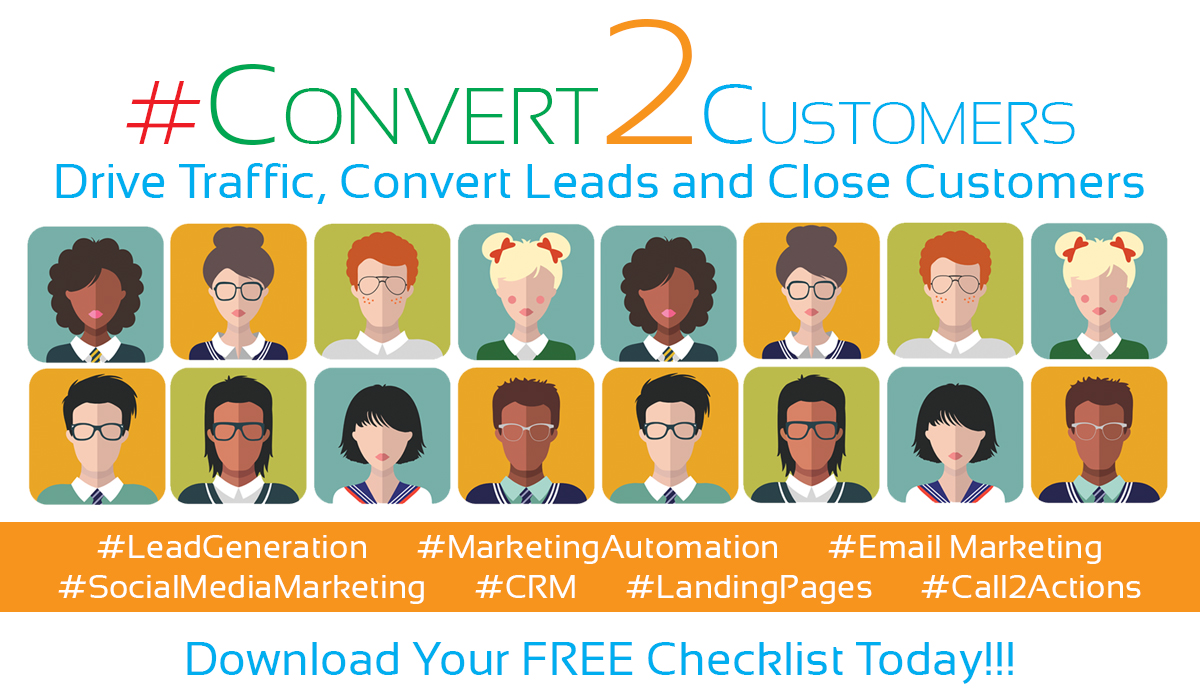We’ve talked before about the importance of industry-focused marketing. It’s essential to understand who you are as a business, and the type of industry you’re in. But, it’s equally important to understand the target audience of that particular industry.
For example, it’s unlikely that a company that produces stainless steel alloys like James Duva Inc. will be marketing their business to stay-at-home mothers in their 40s.
That might be an obvious example, but it’s not always that easy to accurately define your target audience.
So, what can your business do to get a better handle on who you should market to?
1. Look for Common Customer Characteristics
Take a look at your current customers, and who tends to buy from you the most. Are there any common characteristics? That could include things like age groups, genders, locations, etc. If you really do your data research, you might even be able to find groups that share specific interests that frequently use your goods or services.
Defining all of those traits can help you to decide who else might benefit from what you have to offer, so you can adjust your marketing efforts accordingly.
2. Look at Your Competitors
Did you know that the average business has about 25 viable competitors within their same market at any given time? There’s no doubt business is becoming more competitive, especially when it comes to utilizing technology. So, it’s more important than ever to hone in on the audiences that are already interested in what you have to offer.
It’s never a bad idea to take a look at what your competitors are doing and who they are marketing to. Have they tapped into a specific audience you haven’t? While that doesn’t mean it’s okay to steal their ideas, you can certainly gain inspiration from them and learn more about which audiences you might be ignoring.
3. Consider Multiple Factors
It’s far too easy for a business to think about one or two specific factors when it comes to target marketing, but there are so many ways to separate an audience. The more factors you can put together, the more you can effectively target different audiences and grow your business. As you’re putting together your marketing strategy, think of the following factors when it comes to who will be using your goods or services:
- Age
- Gender
- Ethnic background
- Financial background
- Location
- Occupation
- Marital status
The more you can narrow down the groups that have a genuine interest in your business, the more personal and effective your marketing efforts will be. That can help you to spend less on marketing that won’t be as impactful.
Trying to reach a large audience with your marketing efforts isn’t a bad thing. But, it can cost a lot of extra time, money, and stress. By really figuring out who your target audience is, you can focus your efforts in a more concentrated fashion, and start to see stronger results. Keep these tips in mind as you rethink your marketing strategy, and you might be surprised at the growth you’ll experience from audiences that are genuinely interested in your business.








